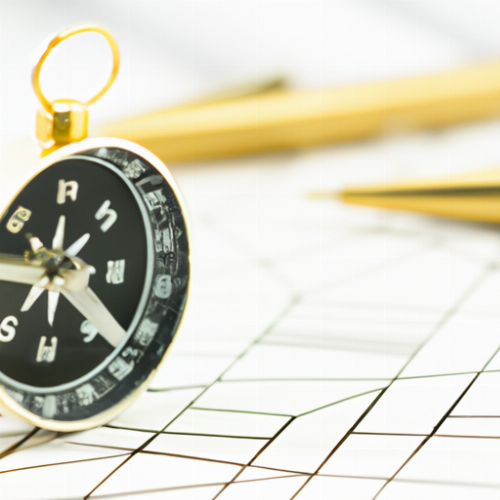1. Boosting Investment: Well-planned and designed infrastructure projects like airports, seaports, highways, bridges, and rail networks can attract investment and create job opportunities.
2. Enhancing Productivity: Planning and design can optimize logistics chains and streamline supply chains, which can result in increased productivity.
3. Enabling Innovation: A well-planned and designed environment can create a conducive environment for innovation and entrepreneurship, thereby catalysing economic growth.
4. Fostering Business Development: Efficient networks that reduce the distances between producers and consumers lead to increased business development and a better flow of ideas, capital, and goods.
5. Improving Connectivity: Effective planning and design can create an efficient transportation network, which is critical in the movement of goods and people.
6. Enhancing Tourism: With proper planning and design, tourism can be promoted as a sector leading to economic development through the creation of jobs, and increased revenue for communities.
7. Expanding Trade: Integrated infrastructure designs improve connectivity, facilitating greater access to markets and leading to growth in trade.
8. Development of Real Estate: Proper urban planning has immense potential to drive the real estate industry and, by extension, contribute to the overall economy.
In conclusion, effective planning and design can promote economic growth by reducing costs, improving productivity, fostering business development, enhancing connectivity and trade, boosting tourism, and creating new industries.
Publication date:

